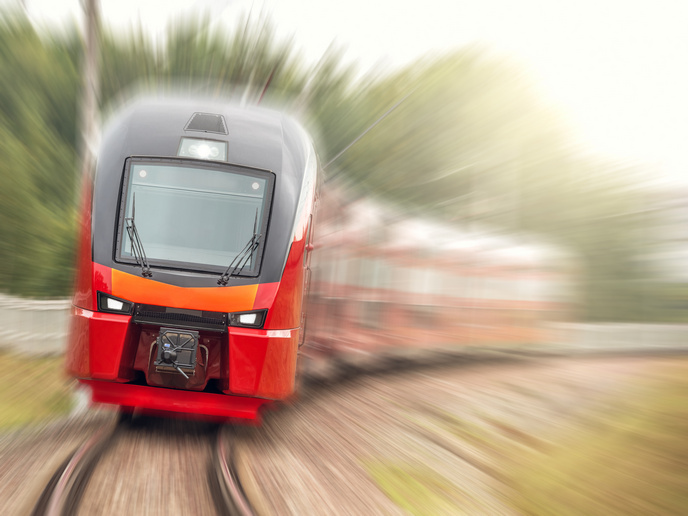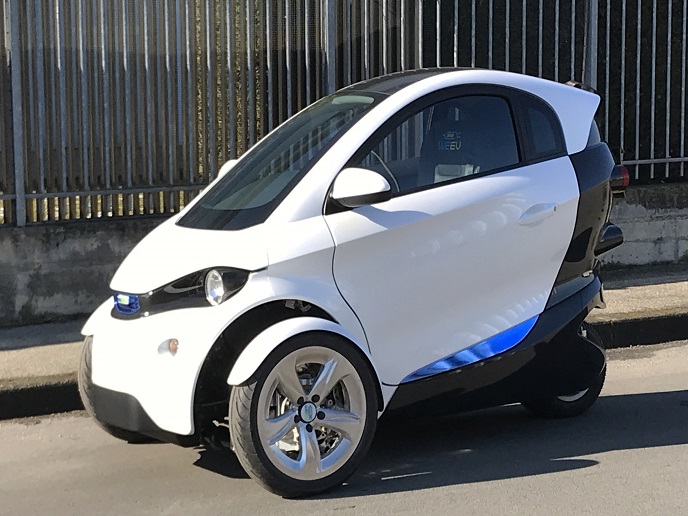More precise modelling could lead to quieter railways
While the EU’s Shift2Rail(opens in new window) initiative aims to increase rail traffic, helping with its environmental targets, its associated multi-annual action plan(opens in new window) acknowledges that rail noise and vibrations remain a significant challenge. Various noise assessment initiatives have led to CNOSSOS(opens in new window), the European industry standard, but there remains a lack of methods to accurately measure specific noise generators, such as train acceleration or wheel roughness. The EU-funded TRANSIT(opens in new window) project’s simulation and noise reduction tools(opens in new window) were designed to help tackle the problem. “Our solutions bring us closer to the ultimate goal of virtual certification. Being able to accurately predict the noise of a particular vehicle in a complex pass-by scenario, based solely on modelling predictions, will save railway companies time and costly manual measurements,” explains project coordinator, Ines Lopez Arteaga from Eindhoven University of Technology(opens in new window), the project host.
Models informed by lab and field testing
Lab bench testing measurements were taken to characterise the noise levels of a range of railway components, from HVAC, to traction systems. This helped TRANSIT’s model isolate and measure the contribution of individual railway components responsible for pass-by noise. Rolling noise, for example, is caused by wheel and rail vibrations determined by the combined roughness of wheels and rail. To identify the relative contribution of each, as well as knowing the noise each makes, you also have to know the roughness of each. “Even if you had noiseless wheels, the rougher they are, the more noise the rail will make because of the interaction with the wheels,” Arteaga notes. “The combined roughness can be obtained from rail vibration measurements, but separating wheel and rail roughness relies on at least one of them being measured.” TRANSIT’s solution was to set a roughness threshold, based on multiple pass-bys, for wheel or rail – depending on which is lowest. Measurements were then taken of the railhead vertical acceleration over individual wheels, bogies or whole trains. “Our method makes it possible to estimate wheel and rail roughness without directly measuring rail roughness. The ultimate goal is to separately measure the contribution of wheel and track to rolling noise,” Arteaga adds. Isolating the contribution of wheels and track to pass-by noise will help operators meet sector regulations, such as the Technical Specifications for Interoperability(opens in new window) and the Environmental Noise Directive(opens in new window), while reducing the time needed to shut tracks as manual measurements are taken.
Field testing solutions
A variety of field measurements were taken to validate the models’ predictions. For example, one way to reduce the energy consumption of trains is to reduce their weight. However, this often increases interior noise levels, particularly at low frequencies. Looking to reduce the noise of the air conditioning system, TRANSIT developed a sound absorption solution. A resonator array was designed based on thin disks attached to membranes with a small cavity behind. According to their modelling, this should have significantly reduced noise levels but when the prototype was actually tested it did not. “We are now working on a new design that will give us the membrane stiffness needed to meet the performance predicted by the model,” says Arteaga. To further validate the project’s modelling, the team are now working to apply its test-bench acoustic characterisation methods to more sources while also further developing methods for predicting the directionality of noise sources.







